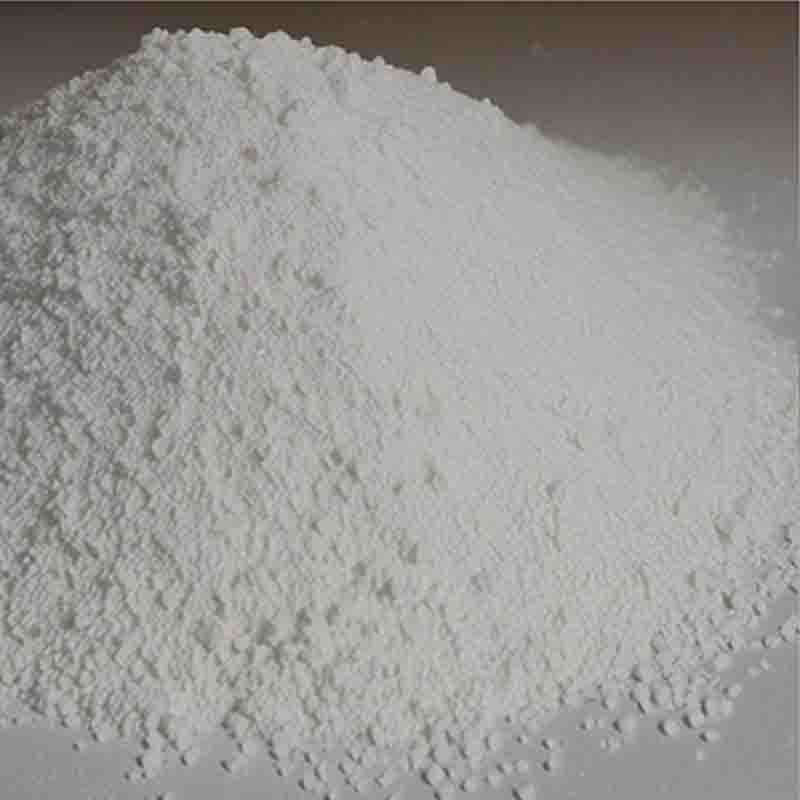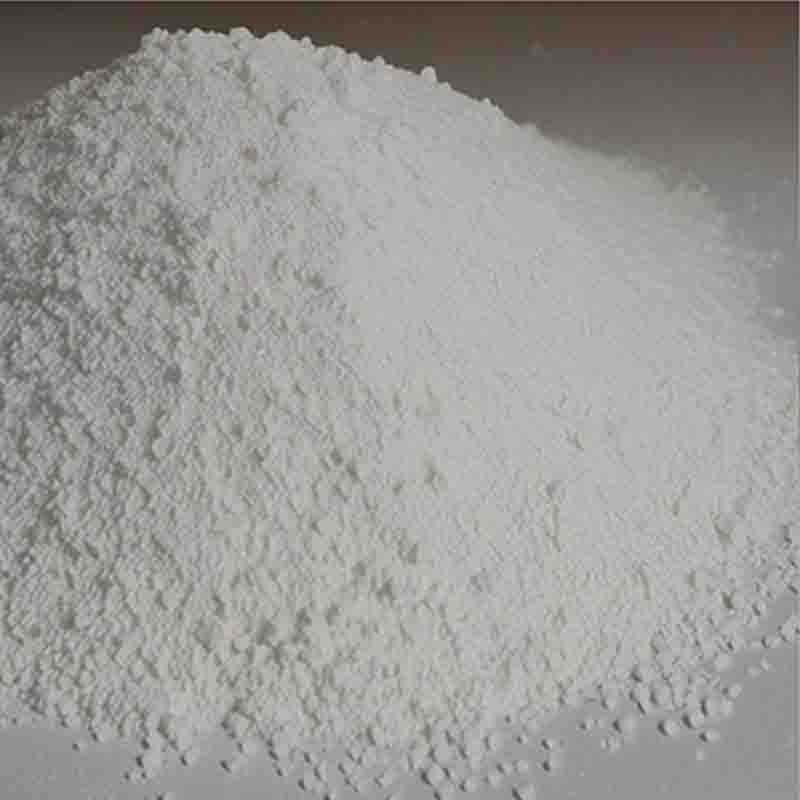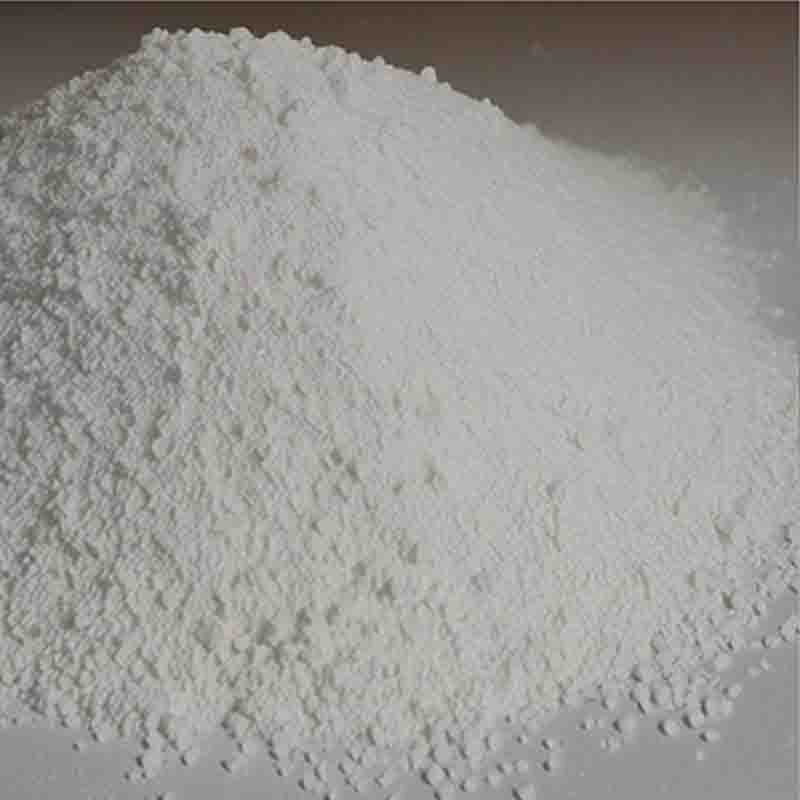2-Hydroxy-5-methylpyridine CAS:1003-68-5
| Catalog Number | XD95458 |
| Product Name | 2-Hydroxy-5-methylpyridine |
| CAS | 1003-68-5 |
| Molecular Formula | C6H7NO |
| Molecular Weight | 109.13 |
| Storage Details | Ambient |
Product Specification
| Appearance | White powder |
| Assay | 99% min |
2-Hydroxy-5-methylpyridine is a chemical compound with various potential effects and applications. It is commonly used as an intermediate in the synthesis of pharmaceuticals, agrochemicals, and other organic compounds. Additionally, it has been studied for its potential biological activities and therapeutic properties.One of the primary effects of 2-Hydroxy-5-methylpyridine lies in its ability to act as a chelating agent. Chelation involves the formation of stable complexes between a metal ion and a chelating agent, which can have various industrial and biological applications. 2-Hydroxy-5-methylpyridine can form stable complexes with metal ions such as copper, cobalt, and iron, making it useful in applications involving metal extraction, catalysis, and metal-ligand chemistry.Furthermore, 2-Hydroxy-5-methylpyridine has been investigated for its potential therapeutic effects. Several studies have suggested its antimicrobial activity against various strains of bacteria, fungi, and viruses. This antimicrobial property makes 2-Hydroxy-5-methylpyridine a potential candidate for the development of new antimicrobial agents or as an additive in pharmaceutical formulations.Moreover, 2-Hydroxy-5-methylpyridine has shown antioxidant activity. It has been observed to scavenge free radicals and inhibit oxidative damage, which is involved in various pathological conditions and aging processes. This antioxidant property makes 2-Hydroxy-5-methylpyridine a potentially valuable compound for the development of antioxidants and anti-aging products.In addition, 2-Hydroxy-5-methylpyridine has been studied for its potential neuroprotective effects. Some research suggests that it may have the ability to protect neurons from damage and exhibit anti-inflammatory properties in the central nervous system. These findings indicate that 2-Hydroxy-5-methylpyridine might have therapeutic potential in the field of neurology, particularly in the development of treatments for neurodegenerative diseases.Overall, 2-Hydroxy-5-methylpyridine has diverse effects and potential applications in various fields. Its chelating properties, antimicrobial activity, antioxidant effects, and potential neuroprotective properties make it an interesting compound for further research and development. However, it is important to note that further studies are necessary to fully understand and confirm the extent of its effects and its suitability for specific applications.




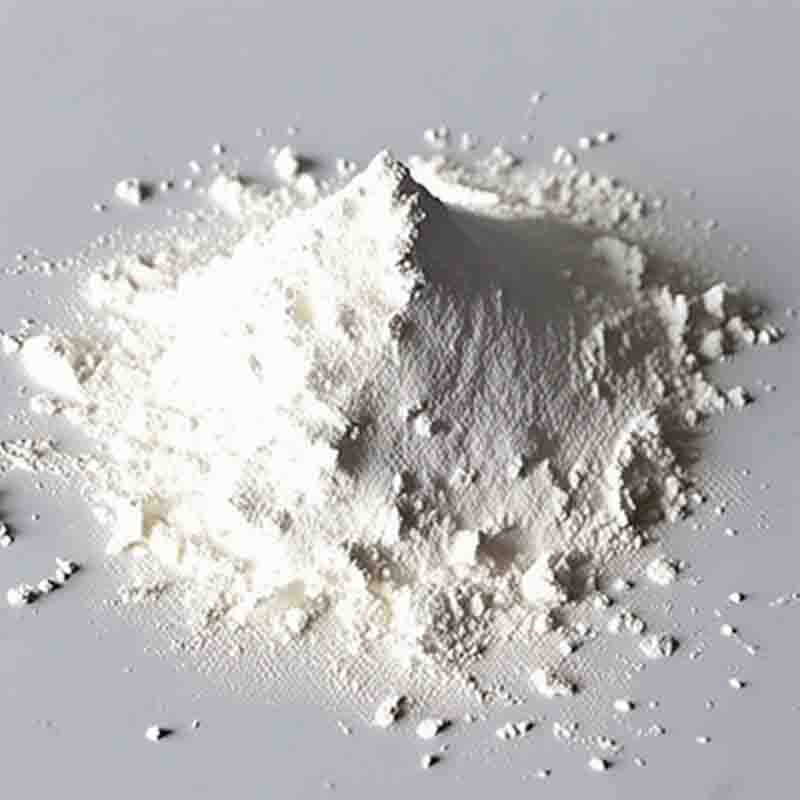
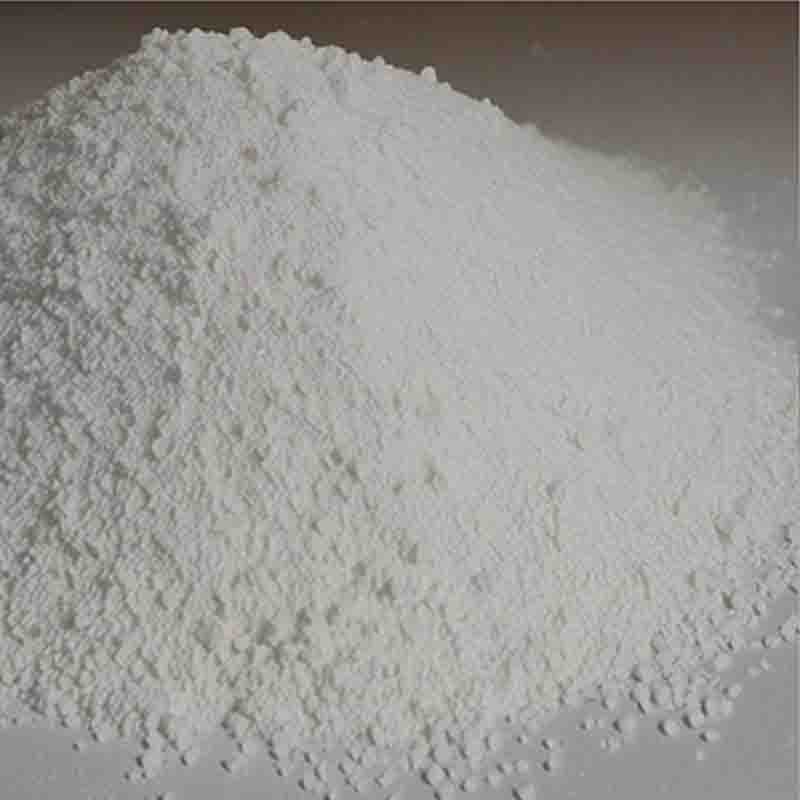
![6-(5-Chloro-2-pyridyl)-5H-pyrrolo[3,4-b]pyrazine-5,7(6H)-dione CAS:43200-82-4](https://cdn.globalso.com/xdbiochems/白色粉末21412.jpg)
